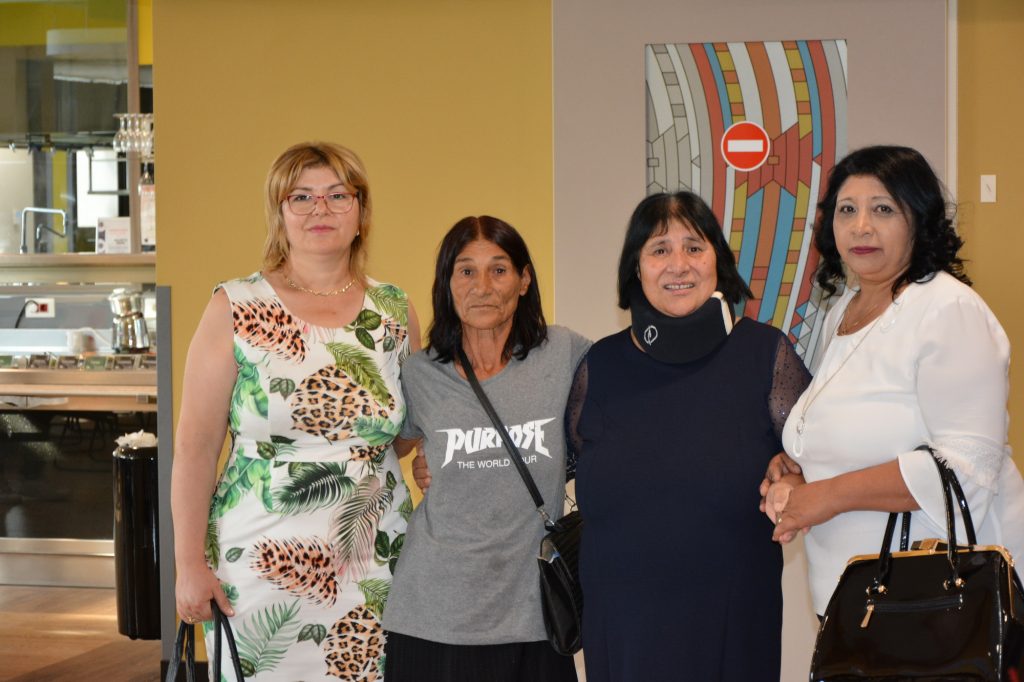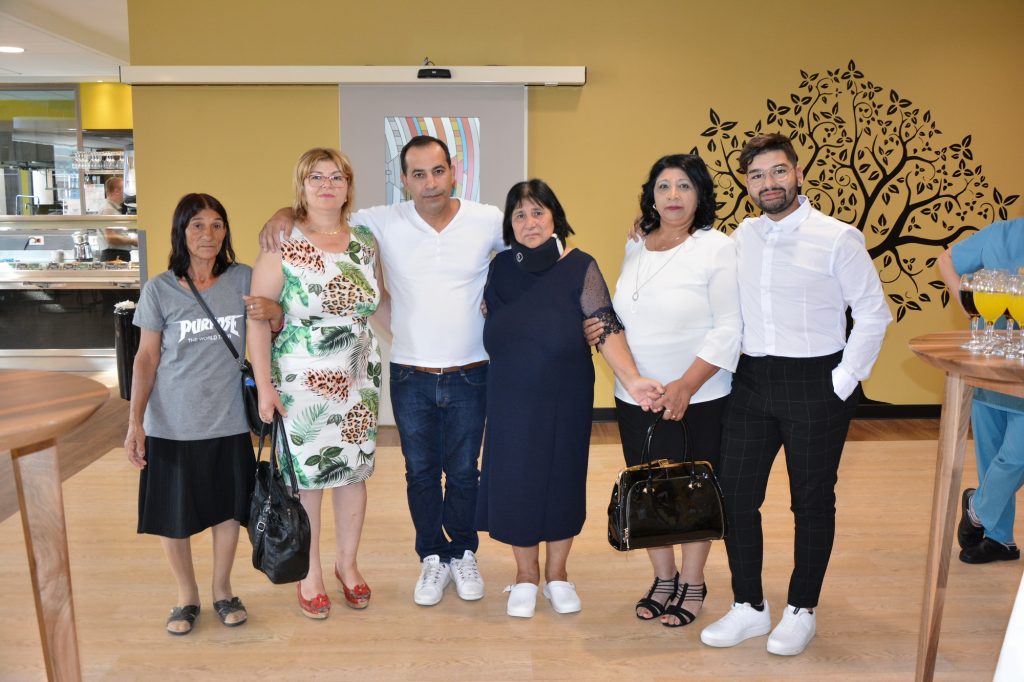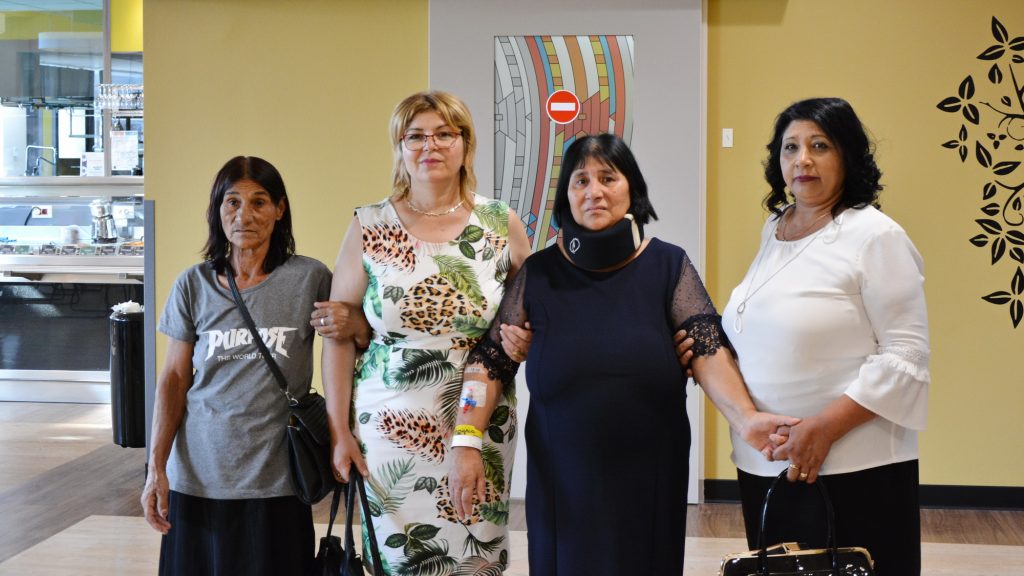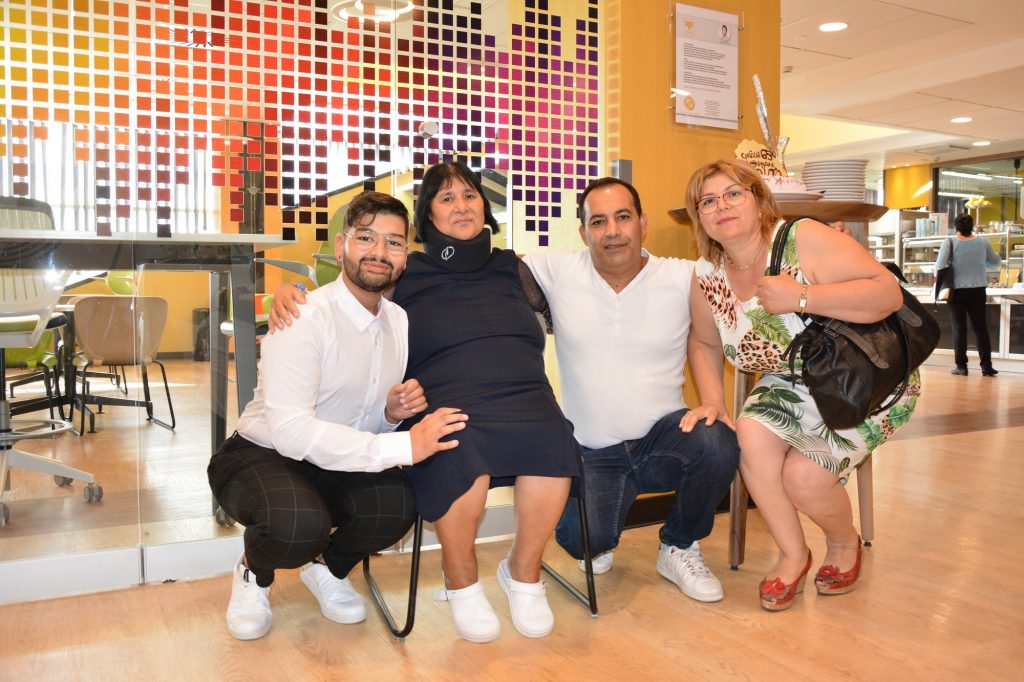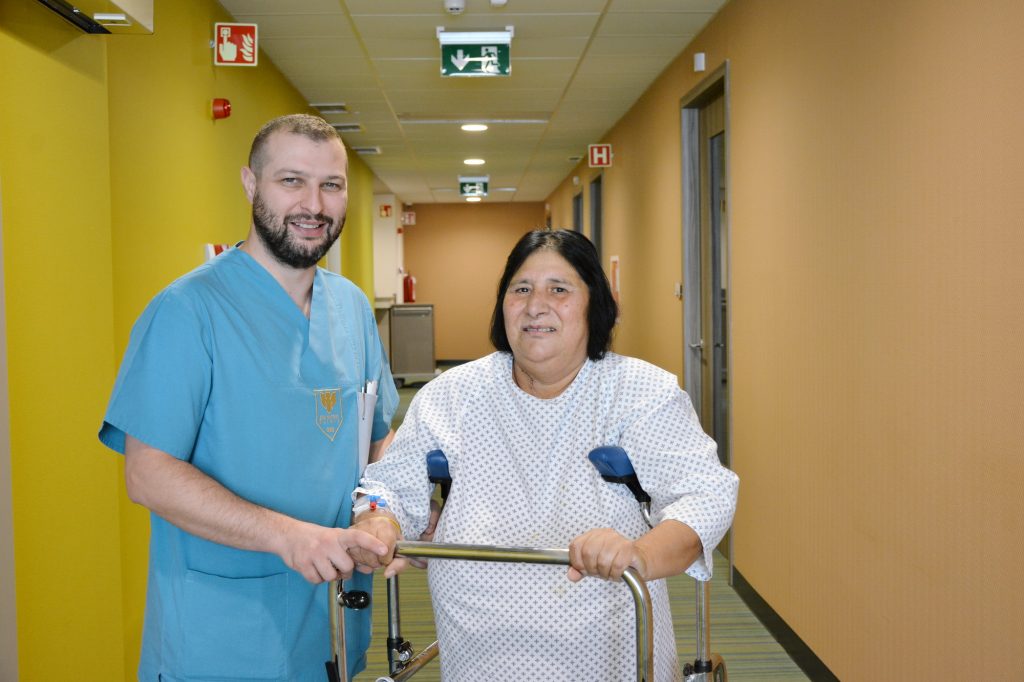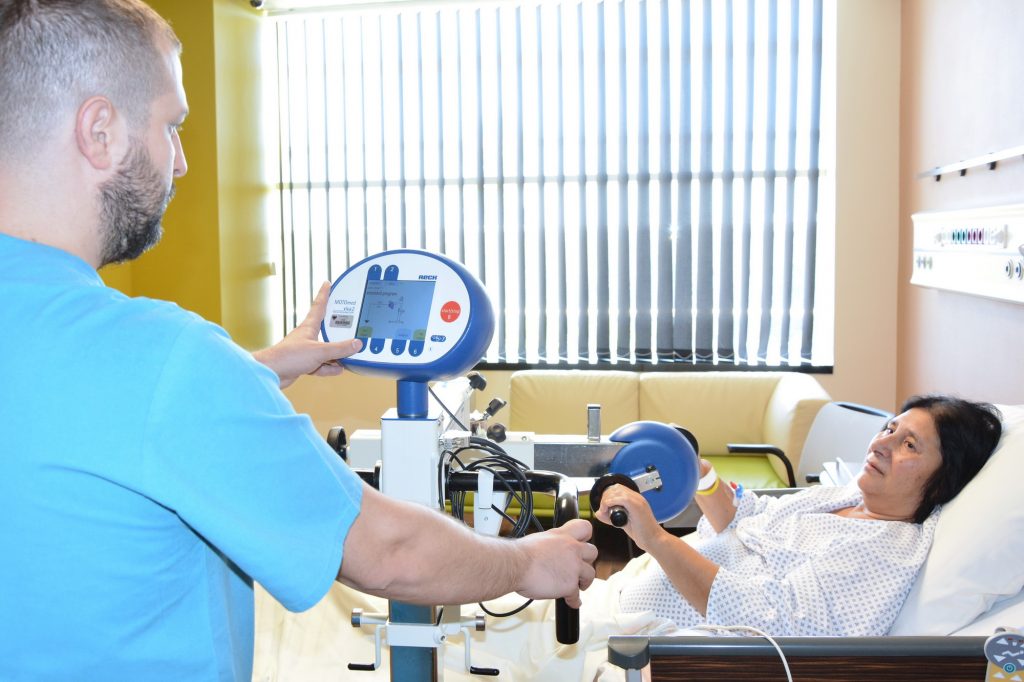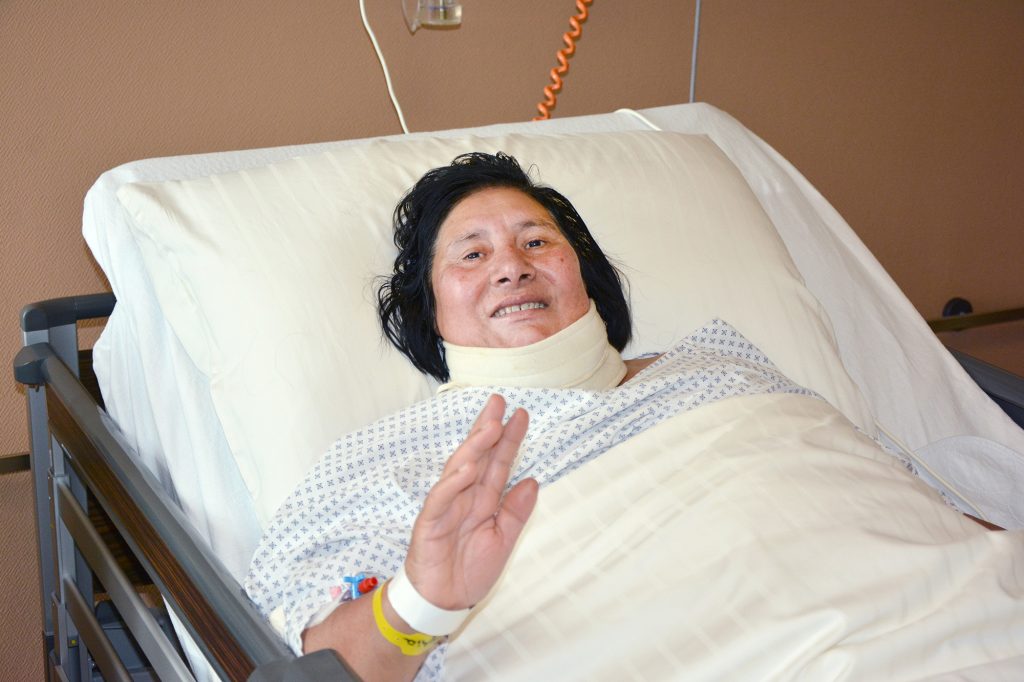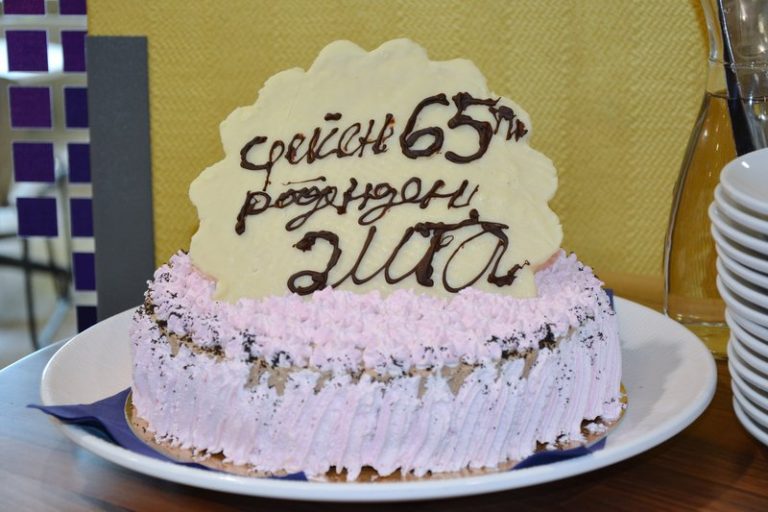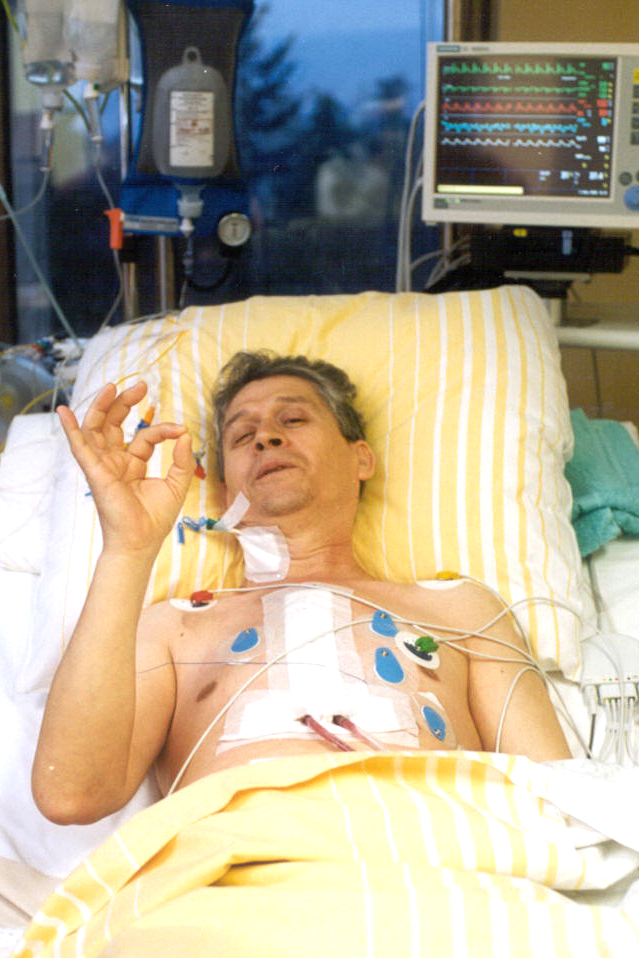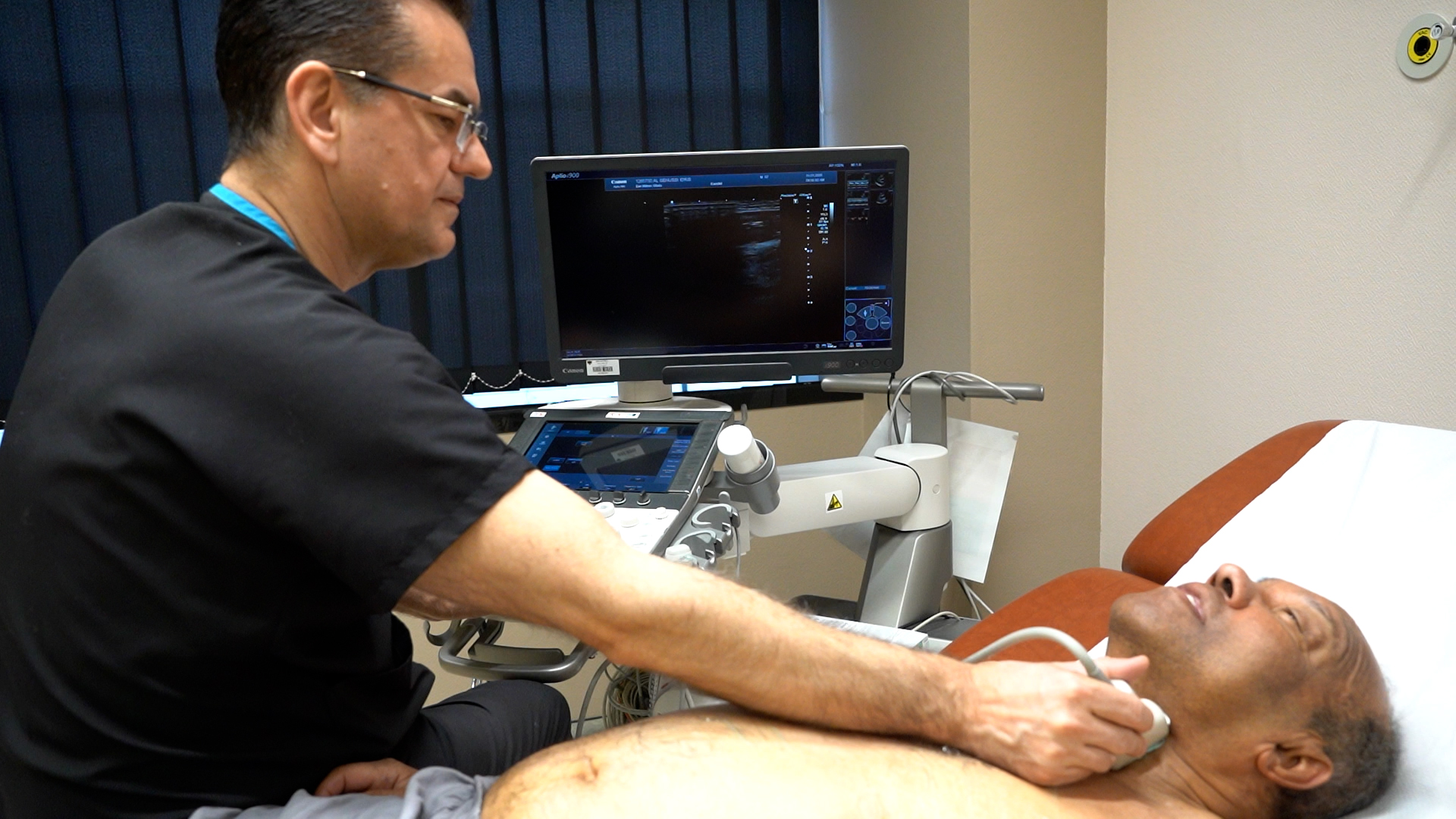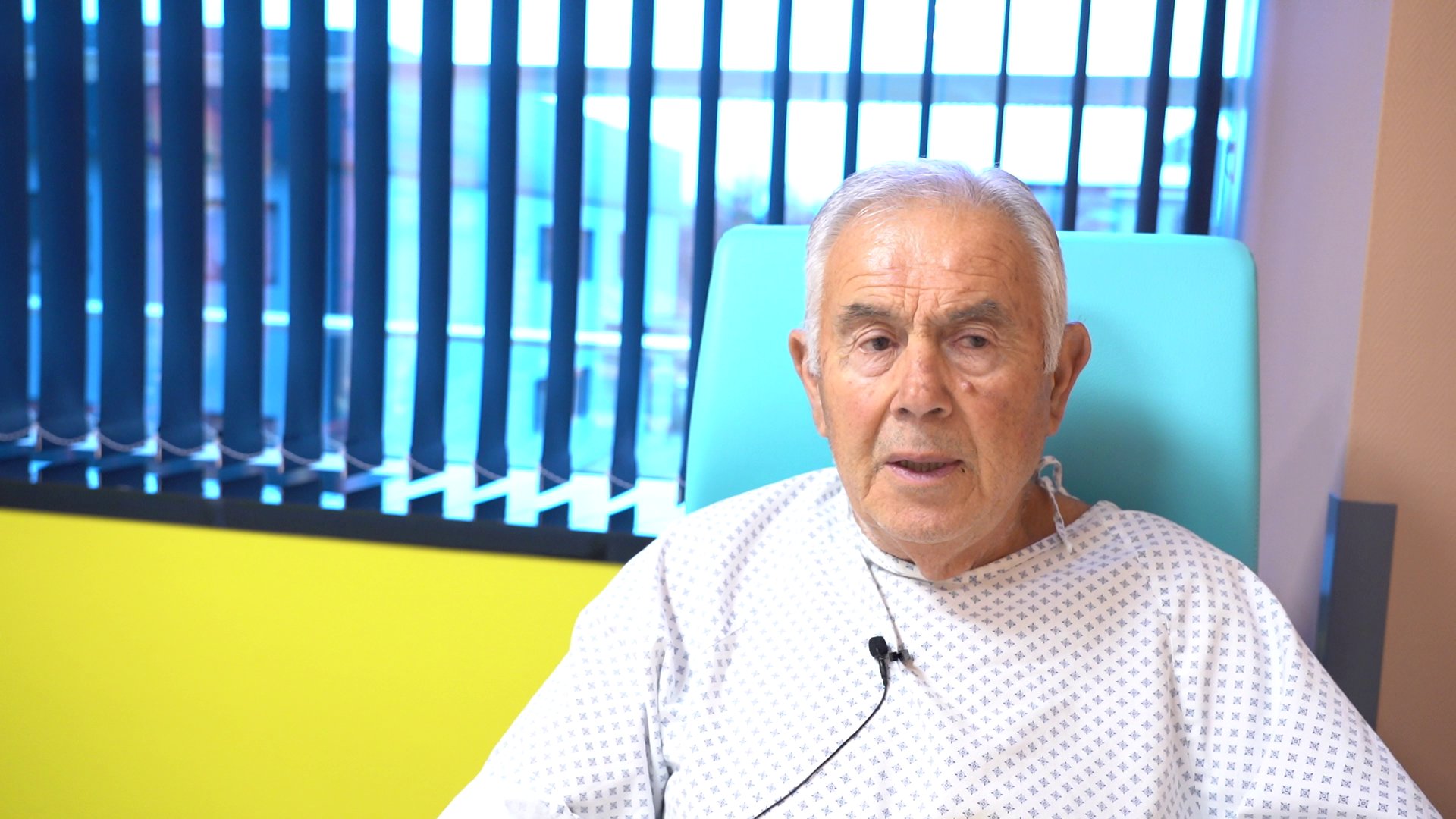 00389 2 3091 484
00389 2 3091 484
I was paralyzed, I was just watching and breathing, now I move and live again
September 09,2019
A month ago, a 65-year-old patient (D.V) came to our Polyclinic “Filip Vtori” in Strumica with symptoms of weakness and tingling in both hands, and pain in the neck and chest. After the outpatient examinations, as well as the deterioration of the patient’s neurological status, she was sent for inpatient treatment to Zan Mitrev Clinic in Skopje.
This is how the life story of this fellow citizen who lives near Strumica begins, who by her own choice, decides to turn to our team of doctors for help because of her serious health problem that has made her life worse.
With complete paralysis of her arms and legs, she was just lying while our medical team performed all examinations to find out the cause of the patient’s condition. It was more than clear that it was a complex issue that would require a multi-layered approach to determine accurate diagnosis.
– Selective coronary angiography was performed. Coronary artery disease was excluded. Laboratory examinations did not show any significant deviations. A computed tomography scan of the head and neck revealed that the brain parenchyma had proper attenuation without focal parenchymal lesions. Head and neck arteries were free of signs of vascular malformations and obstructive lesions. It has also been reported that there is aplained cervical lordosis with spondylarthritis. After consulting the orthopaedist due to the finding in the cervical spine, a decision was made for performing magnetic resonance imaging of the neck. Presence of multiple changes in the white matter was found, paraventricular microangiopathic demyelinating focal lesions, compression and spinal canal stenosis – this is how the anaesthesiologist at our clinic, Dragica Vuchkova M.D., defined the patient’s condition.
It was already clear that the patient had a spinal cord injury between the fourth and fifth vertebrae i.e., disc protrusion. This injury causes direct compression of the spinal cord which is manifested by neurological outflow (dysfunction of the upper and lower extremities).
This was followed by an operation that was specific and complicated by many parameters. Ljupco Nikolov M.D., a traumatologist at our clinic who performed the surgery, explained how the operation went.
– The patient came to us after an injury that happened in her home in Strumica. Following examinations, a change between the fourth and fifth vertebrae was recorded clinically and radiographically. It was evident that the disc was pressing the Medulla oblongata. Exactly that pressure is manifested by paralysis of arms and legs. She had minimal movements, only of her shoulders, while her legs were completely paralysed or medically said to be classified as “Frankel grade C”, i.e., incomplete motor lesion of the spinal cord. What did we do? The operation was performed in one act with frontal access to the cervical spine from the right side. The difficulty was that exactly here many vital organs such as the main carotid artery, the esophagus, the trachea, the vagus nerve pass through … all of which had to be precisely preconditioned to reach the spine. This gives a specific weight to the intervention …. we reached the disc between the 4th and the 5th vertebrae, which, like the rest of the elements, came out, we reached the spinal cord, and a small piece that was pressing the spinal canal was removed from the disc. The decompression of the spinal cord was followed by reconstruction and stabilization of the cervical spinal cord. For this, we used a new implant called Zero-Pe which gives us the opportunity to simultaneously replace the disc and stabilize the spine – explains doctor Nikolov.
After the surgery, the patient was transferred to the intensive care unit. Intensive physical therapy followed with a positive response. Thirty days after surgery, the patient is able to perform all physiological needs on her own. These days, she celebrated her birthday in our clinic with her family and the medical staff who take care of her every day.
I was paralyzed, I was just breathing and watching. Now I can walk on my own again and move my hands. Believe me, I feel alive and brave again. I thank all the doctors and other staff who took care of me. I thank my family on their unreserved support – said our patient, who after the birthday surprise we prepared for her, is impatiently waiting to go home.
